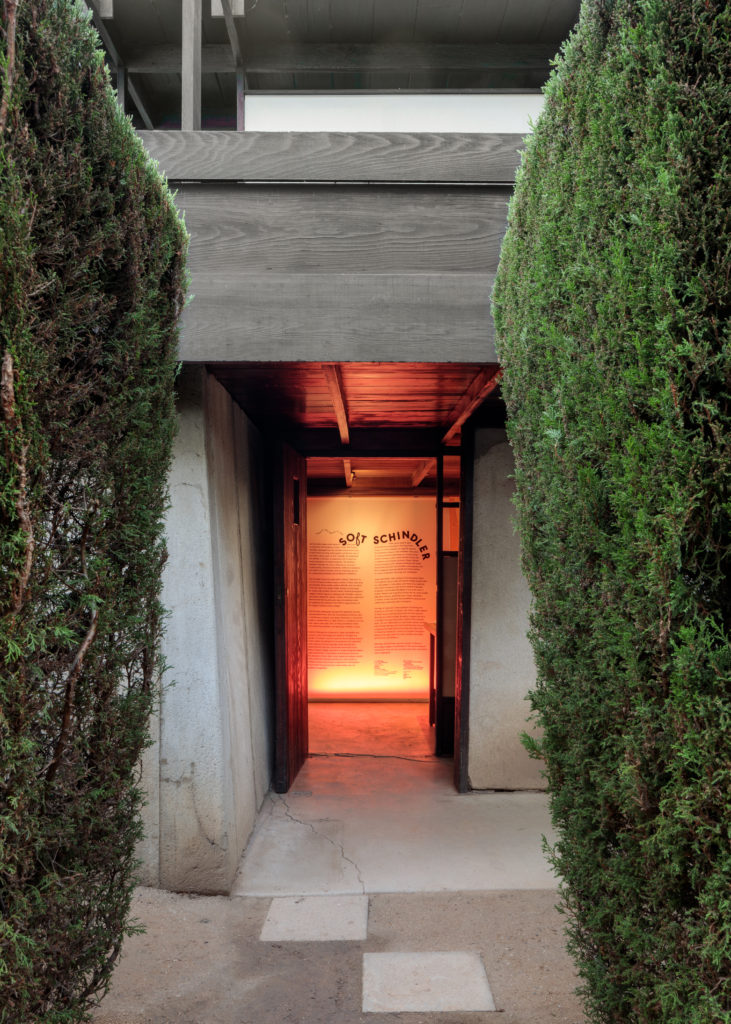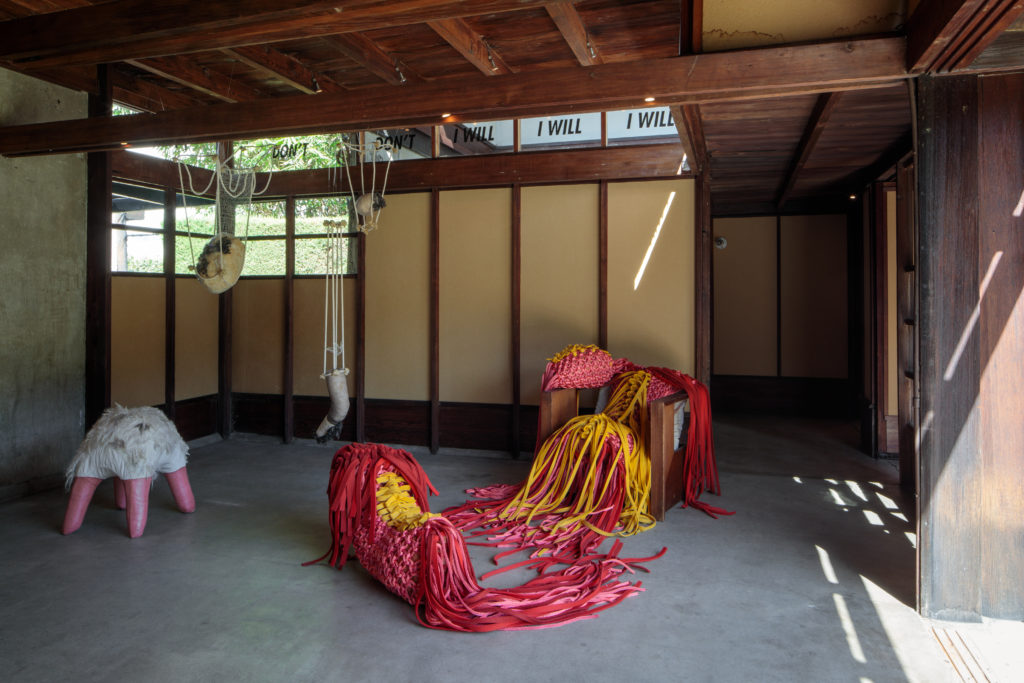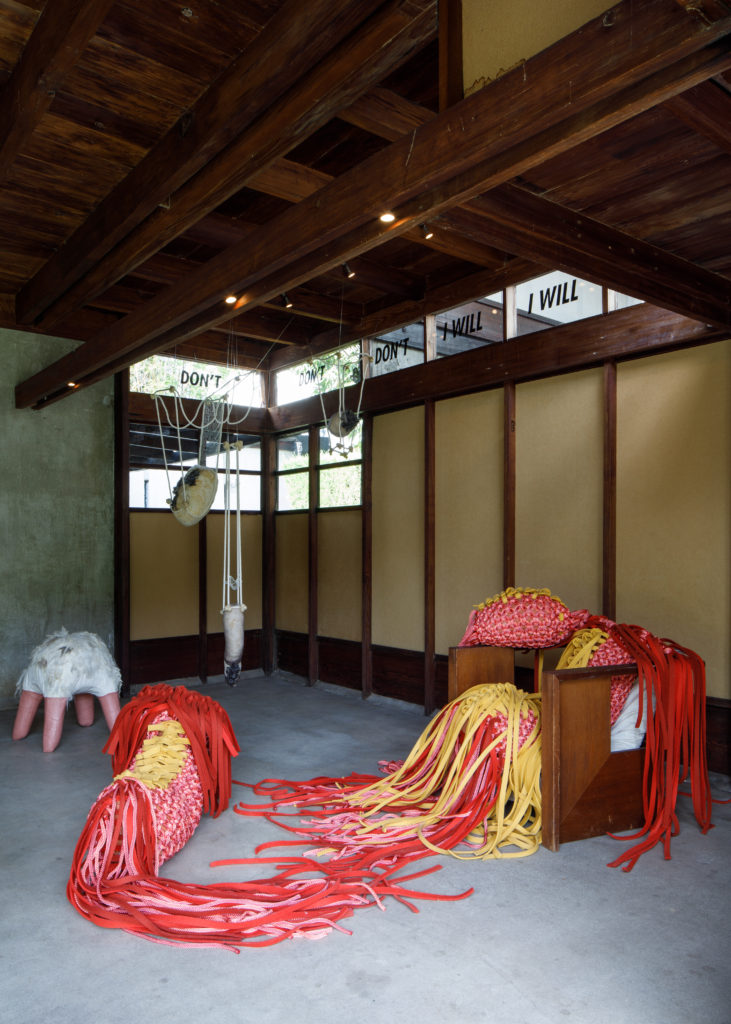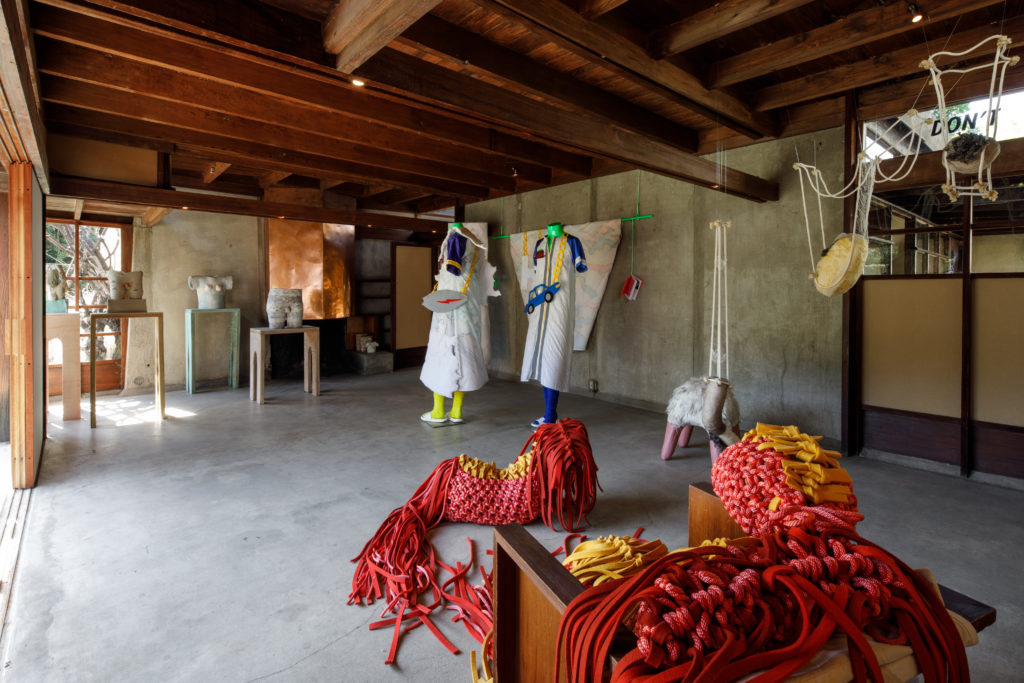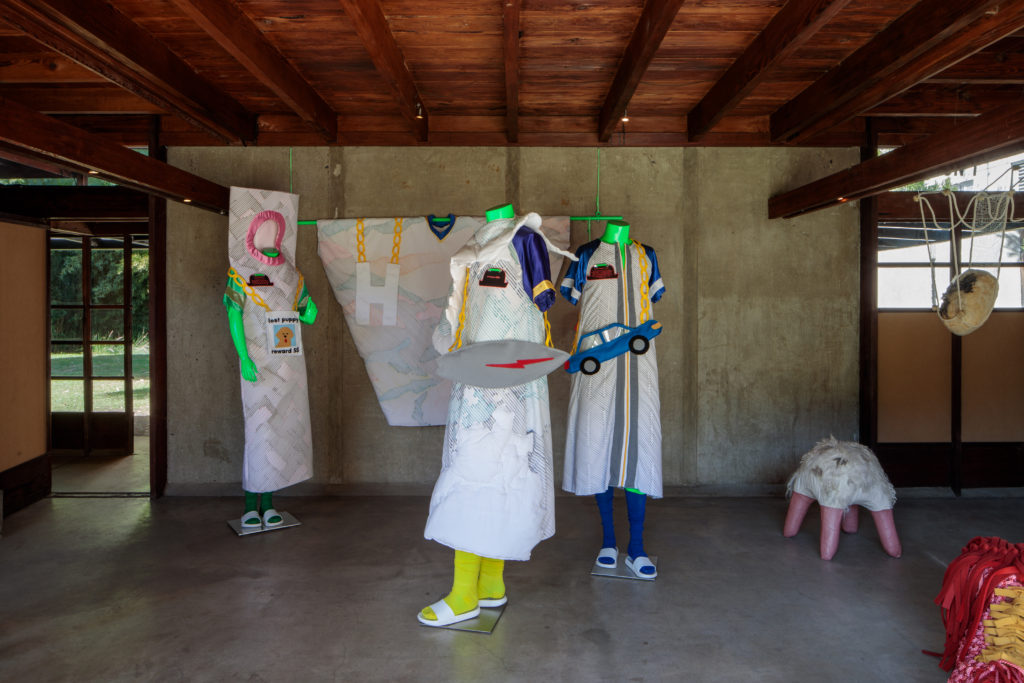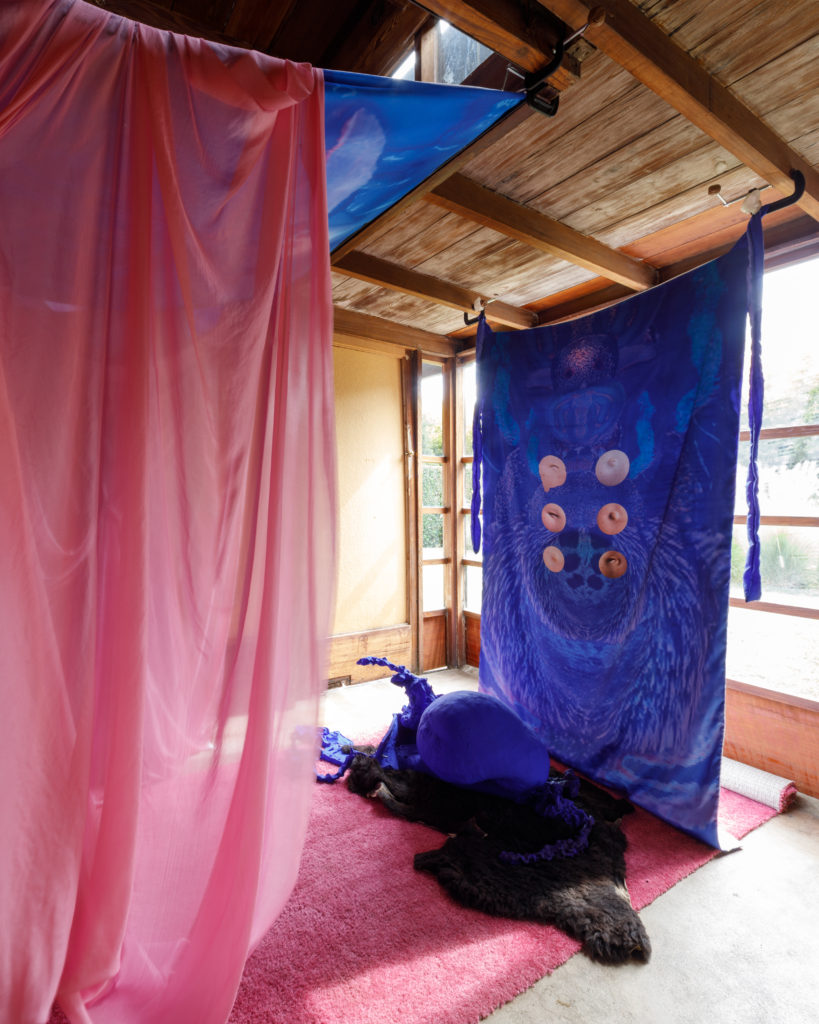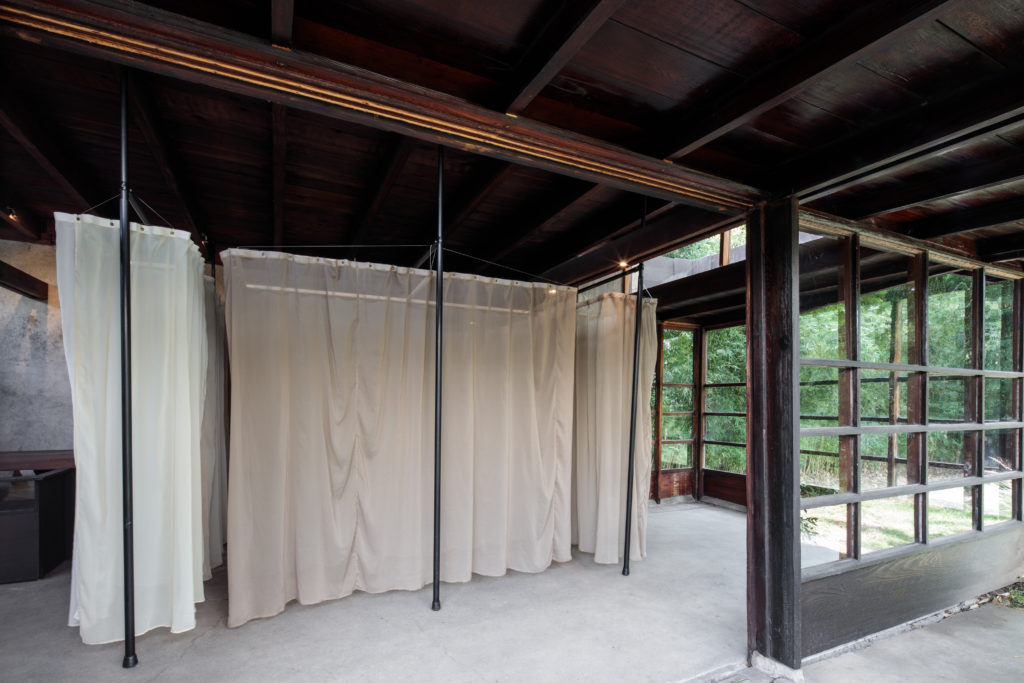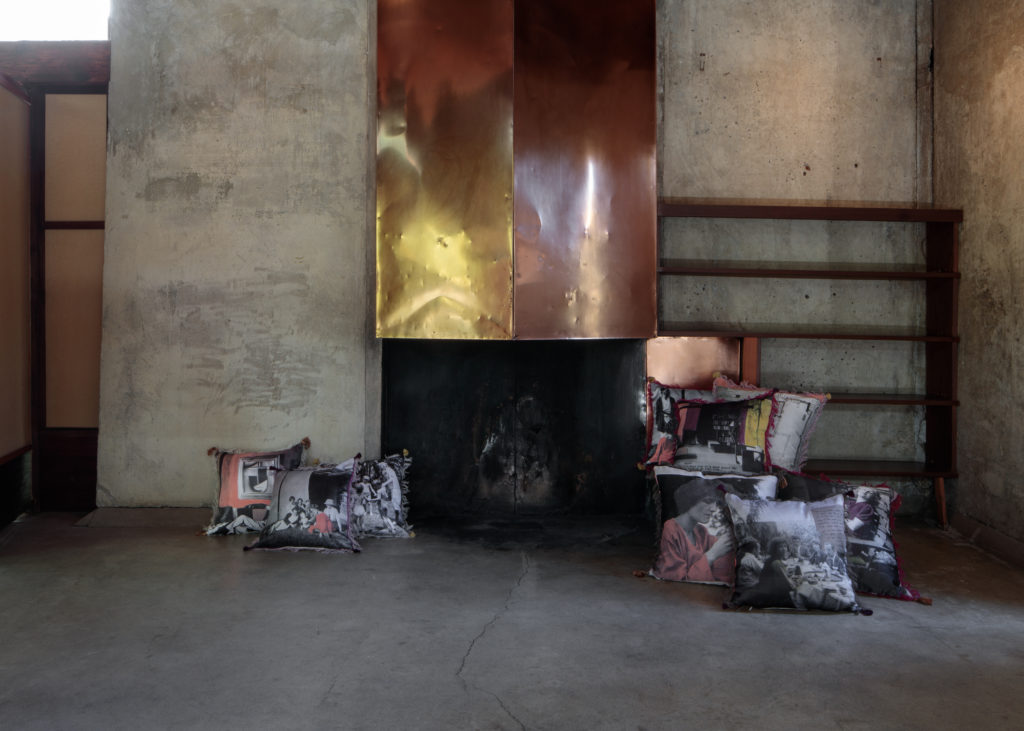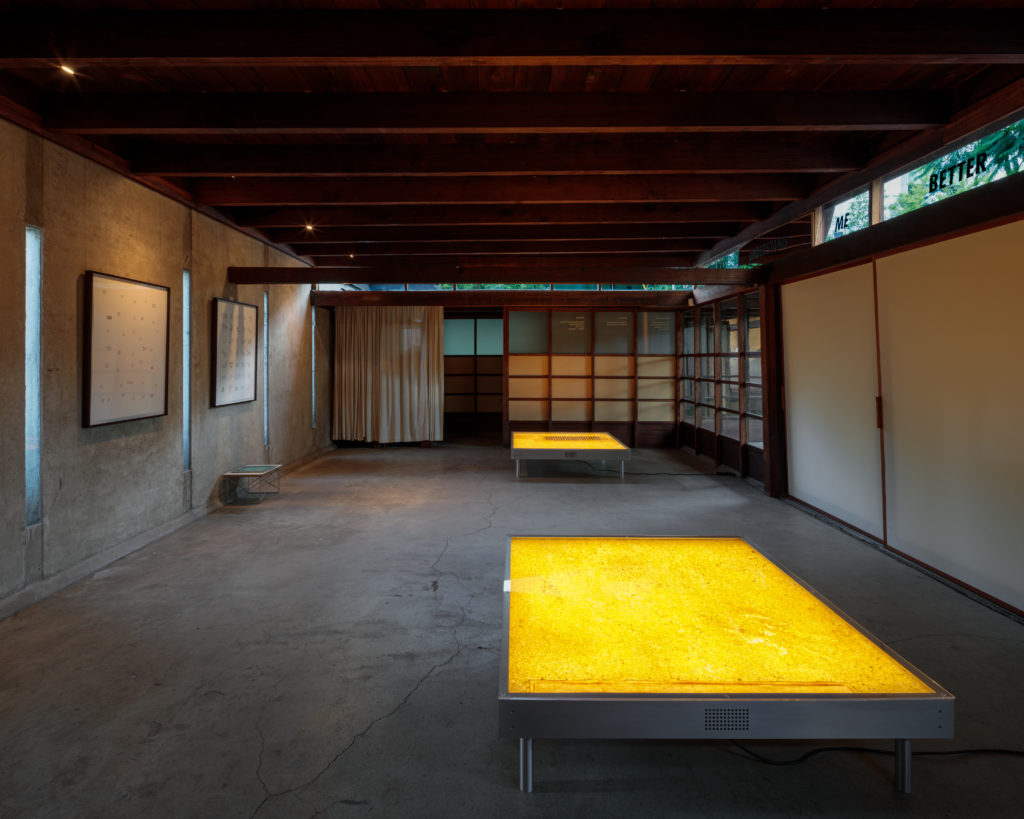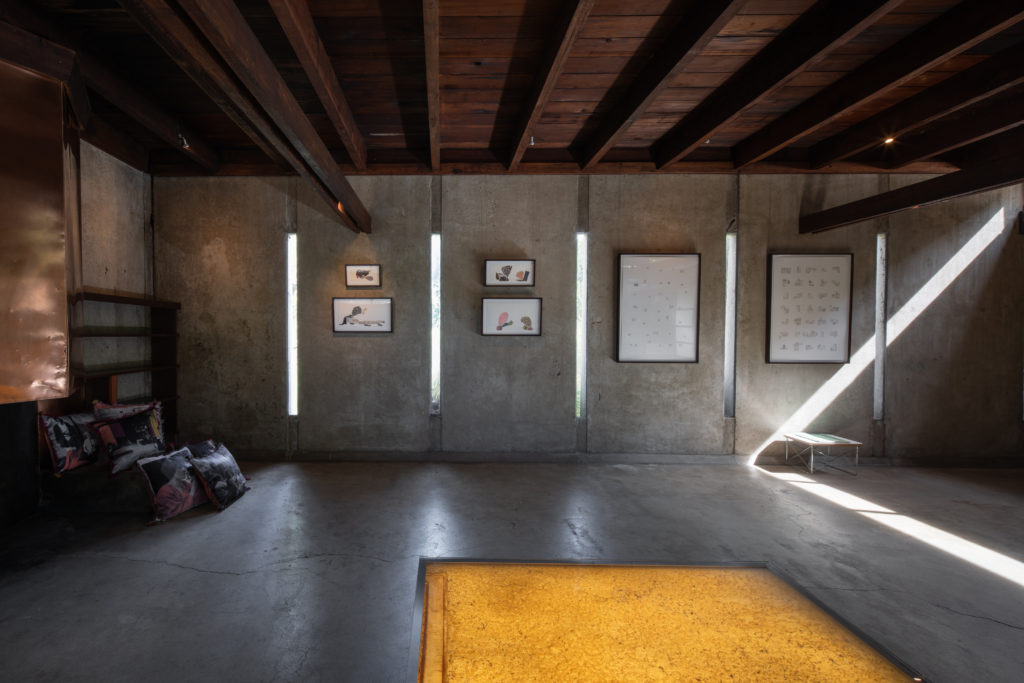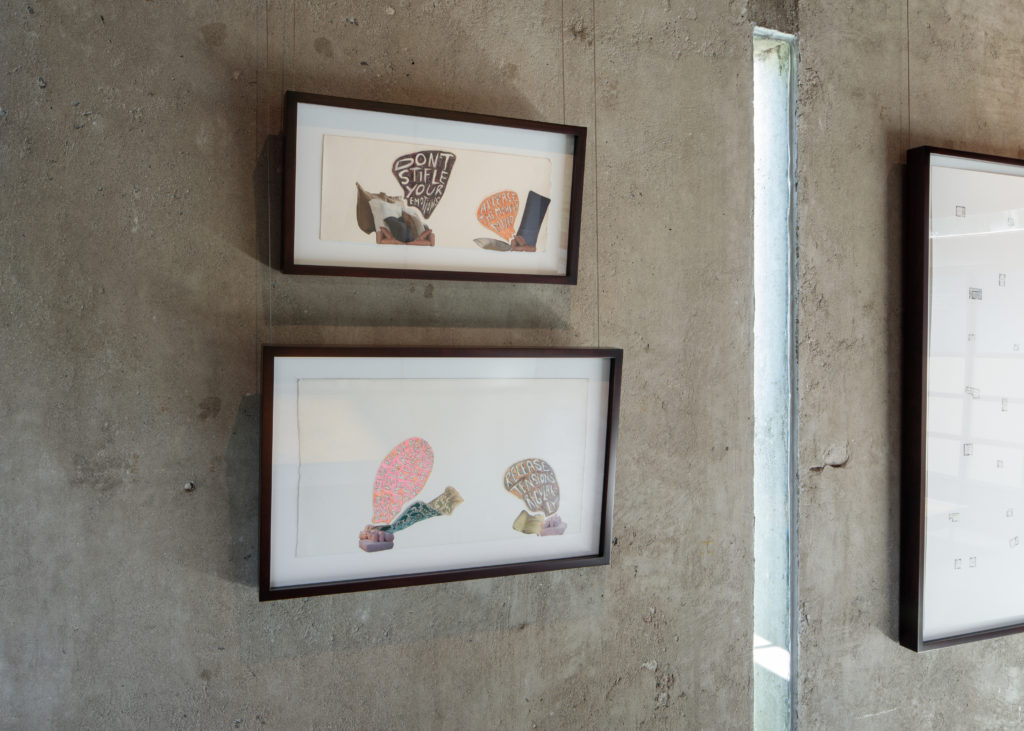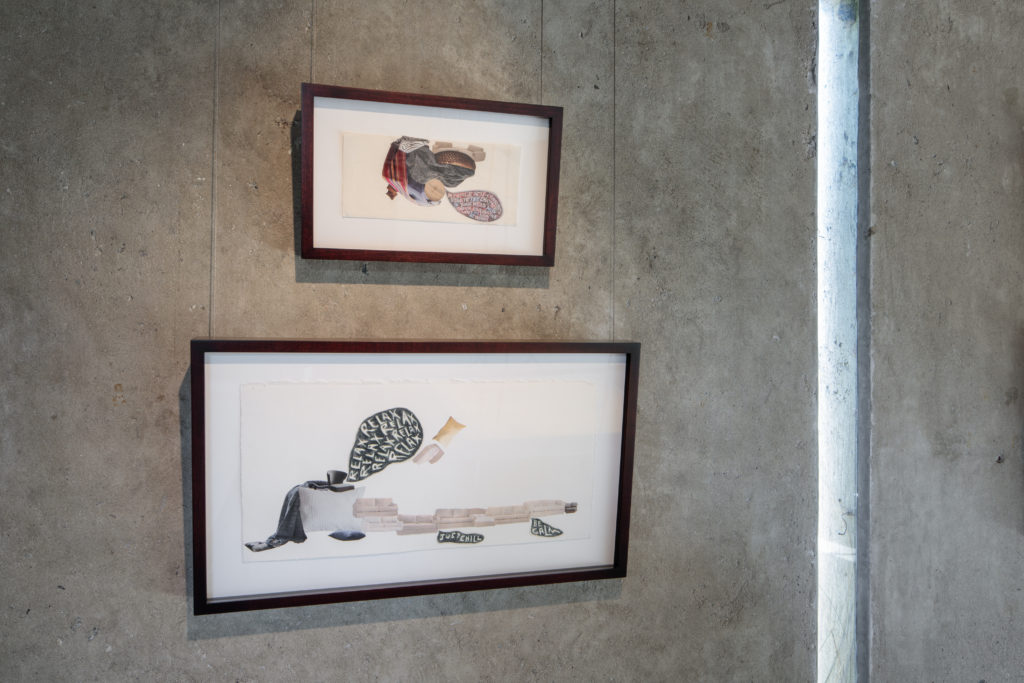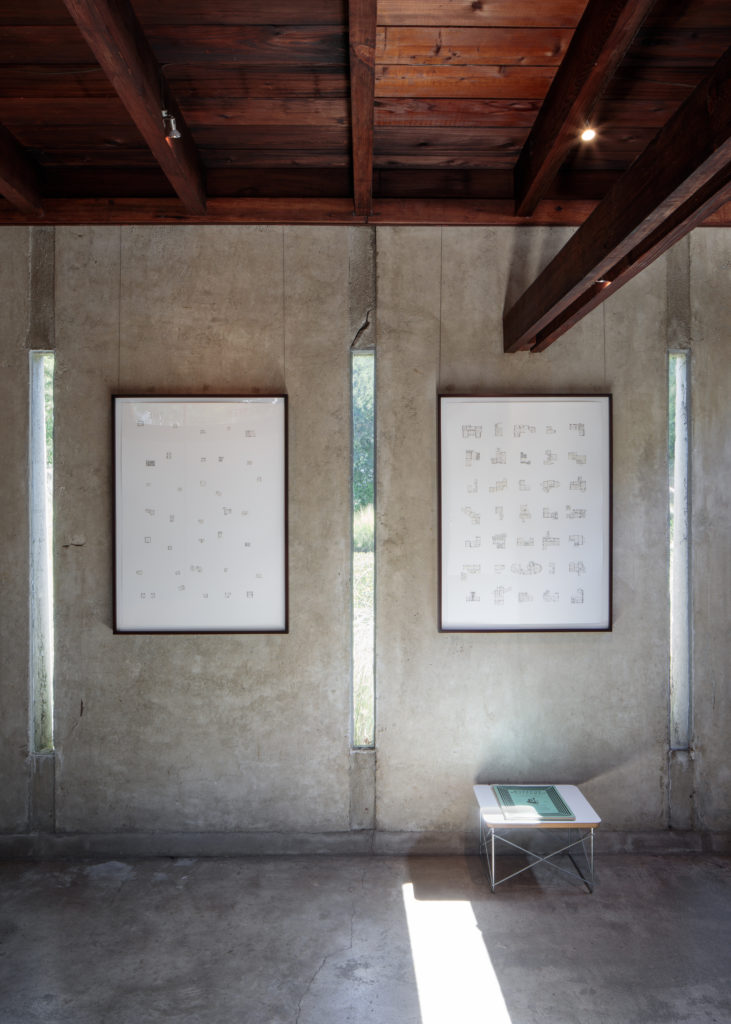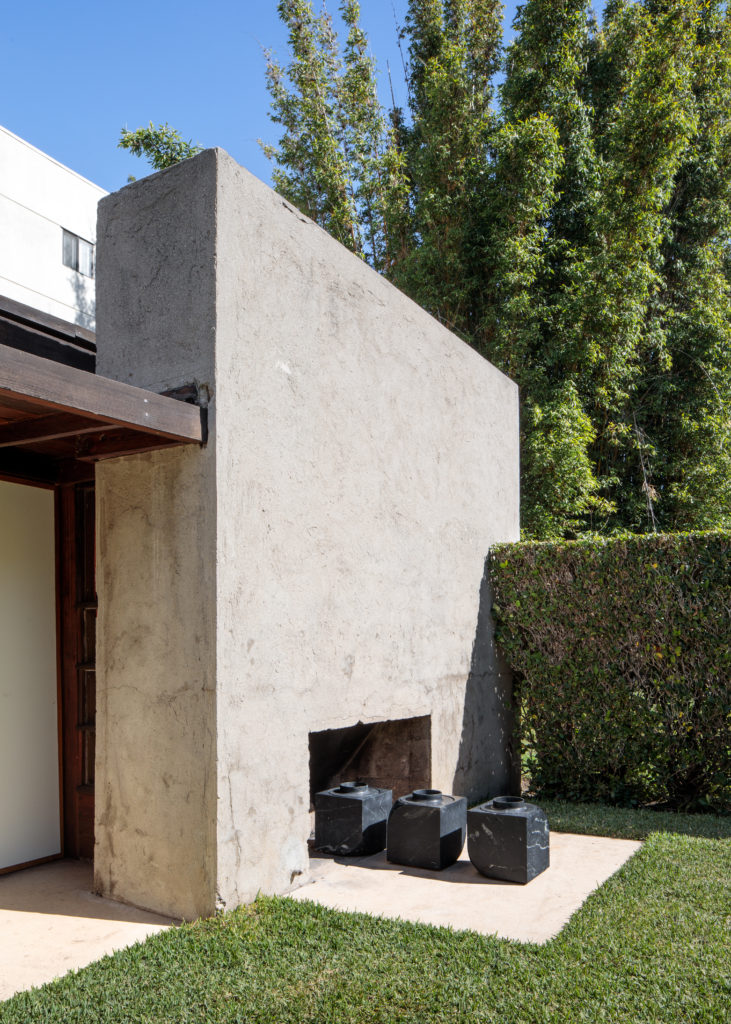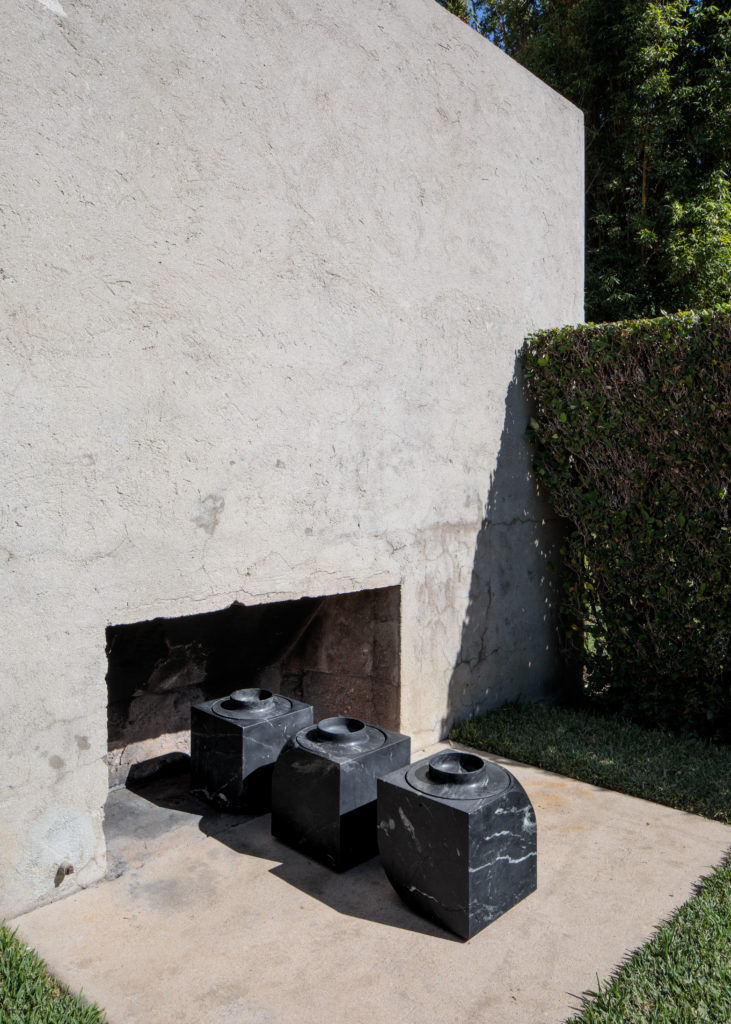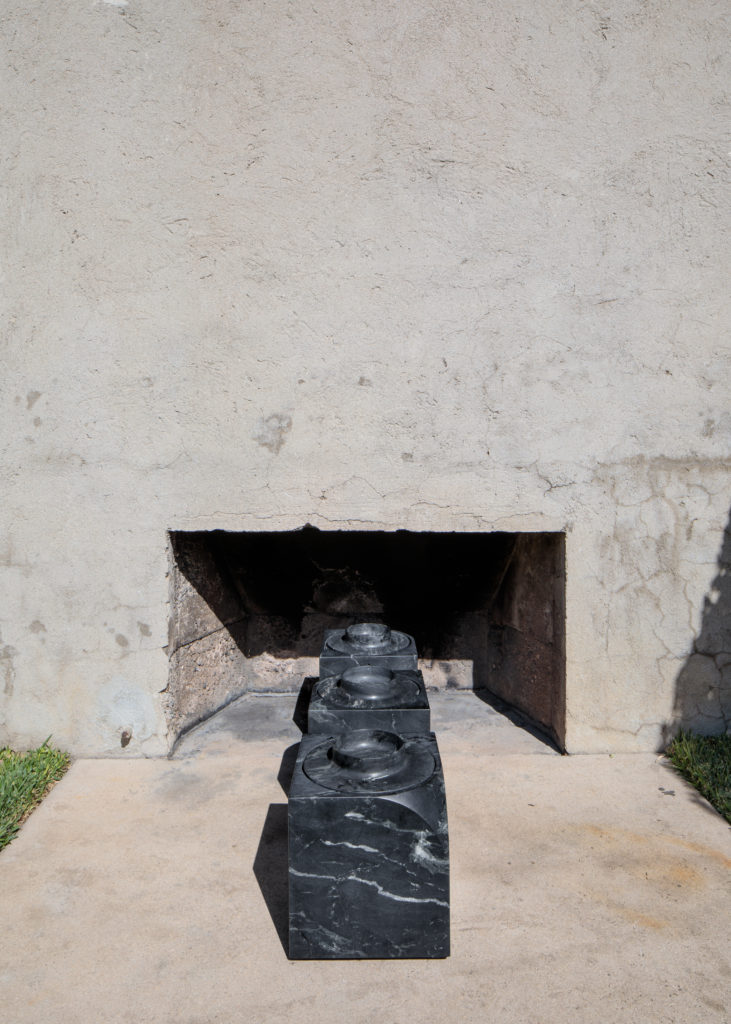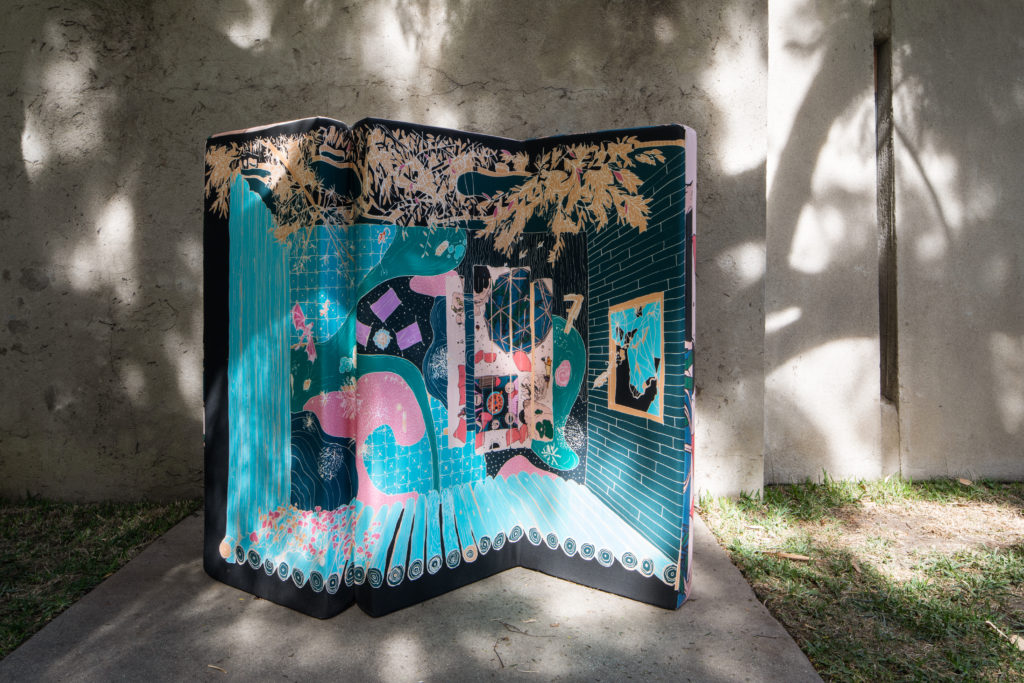Lady architects, I see you.
Female architects, I see you.
Female-identifying architects, I see you.
Non-binary architects, I see you.
I see you in your hard hats or Nike kicks designing, curating, teaching, and writing. I see you helming firms and leading architecture schools.
I see you opening Rhino, crunching spreadsheets, and juggling work-life balance.
And I see you, like me, cringing with frustration when another well-meaning article asks: Where are the women architects?
I’ve had Lizzo’s fierce new album on heavy rotation lately. It’s an anthemic celebration of self-love and acceptance. So you’ll have to excuse me when I say: Bitch, please. We’re here. If we can’t see ourselves, who will see us?
Since the early days of the women’s movement, women in architecture have been tasked with answering the question of the numbers in their ranks. Though the percentage of female practitioners has increased over the years, moving from single digits to low doubles, the question persists. It’s no wonder that “Where are the women architects?” (WATWA), an inquiry powerful men defend as neutral, would be so triggering. Visibility, often manifested as tokenism, overshadows intellectual and creative work.
Despina Stratigakos, University at Buffalo School of Architecture and Planning professor and author of the 2016 book Where Are the Women Architects?, posed the question as a provocation, not as a kind of binders-full-of-women show-and-tell or call for statistics. “It’s erasure, not an absence,” she says. “I was realizing the richness of the history and the people, but I couldn’t see that world reflected in books and museums.”
Read More …
